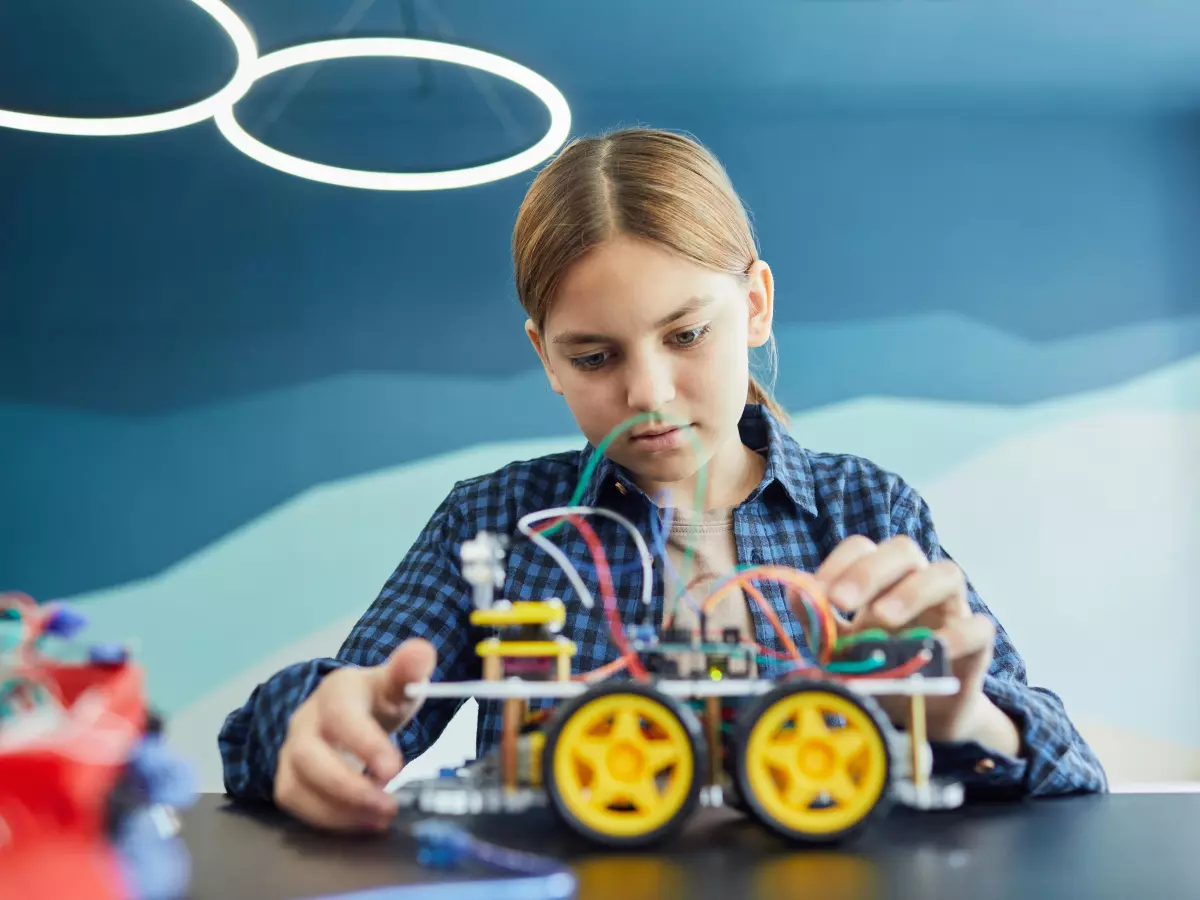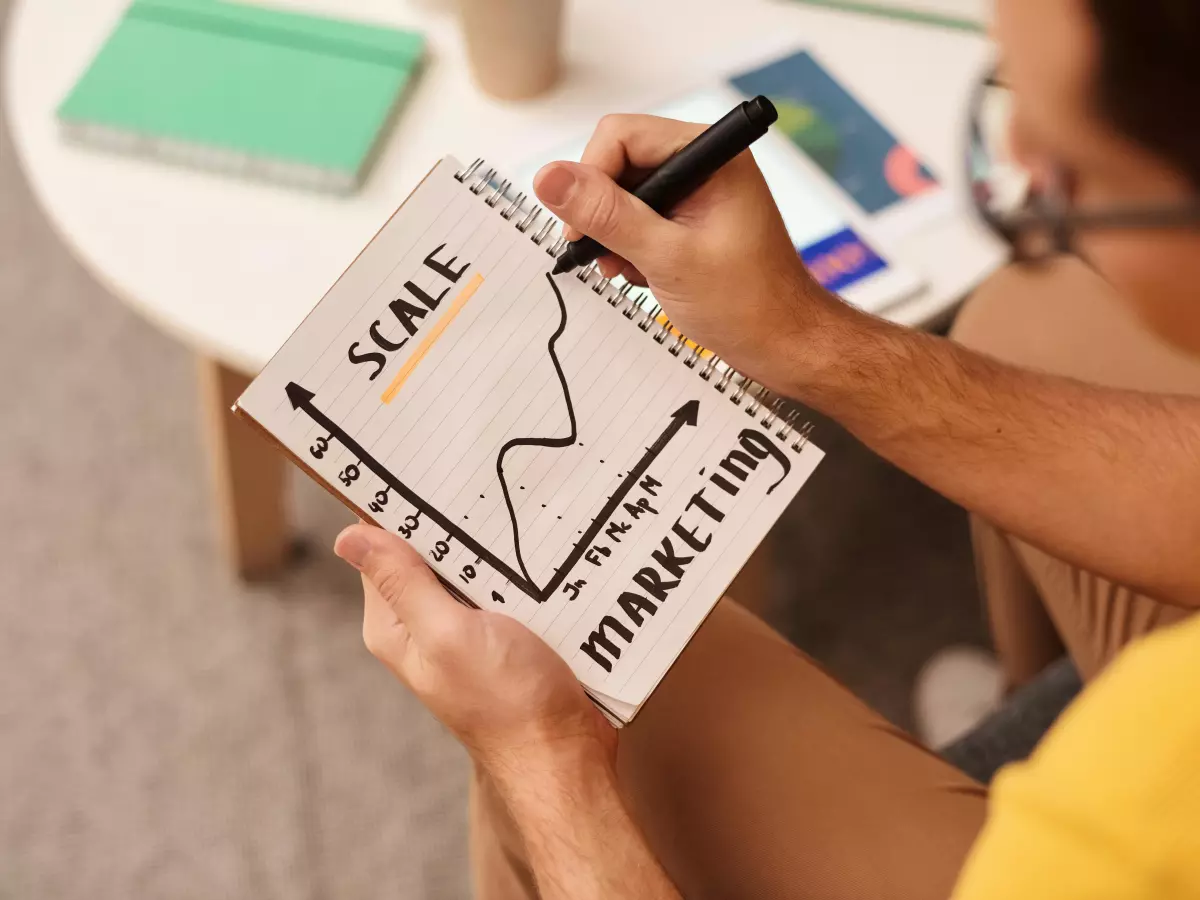Gradient Accumulation
Ever tried training a machine learning model, only to have your hardware scream in agony? Yeah, we’ve all been there. The good news? There’s a trick that can help: gradient accumulation.

By Mia Johnson
Let’s face it—training machine learning models can be a hardware nightmare. You’ve got your data, your model architecture, and your training loop all set up, but then you hit a wall: your GPU runs out of memory. You could try reducing the batch size, but that often leads to slower convergence or even worse model performance. Enter gradient accumulation, a technique that lets you train with larger effective batch sizes without needing a beefy GPU. Sound like magic? It kind of is.
So, what exactly is gradient accumulation? In simple terms, it’s a way to simulate a larger batch size by accumulating gradients over several smaller batches before updating the model’s weights. Instead of updating the weights after every mini-batch, you sum up the gradients over multiple mini-batches and then perform a single update. It’s like saving up for a big purchase instead of spending your paycheck on small things every week. The result? You get the benefits of a large batch size without needing a GPU with monstrous memory.
Why Should You Care?
Here’s the thing: large batch sizes are often crucial for stable training, especially when you’re working with complex models or large datasets. But not everyone has access to high-end hardware with tons of memory. Gradient accumulation offers a way to get around this limitation. By accumulating gradients, you can effectively use a larger batch size without blowing up your GPU’s memory.
But wait, there’s more! Gradient accumulation doesn’t just help with hardware limitations. It can also improve your model’s performance. Larger batch sizes tend to lead to smoother gradient updates, which can result in faster convergence and better generalization. It’s a win-win situation: better performance without the need for expensive hardware upgrades.
How Does It Work?
Let’s break it down. Normally, in a typical training loop, you’d compute the gradients for a mini-batch of data, update the model’s weights, and then move on to the next mini-batch. With gradient accumulation, you compute the gradients for several mini-batches, sum them up, and only then update the weights. It’s like taking multiple steps before deciding which direction to go in, rather than making a decision after every single step.
Here’s a simplified version of what happens during gradient accumulation:
for each mini-batch in dataset: compute gradients accumulate gradients if accumulation step is reached: update weights reset accumulated gradients
By doing this, you’re effectively simulating a larger batch size, which can lead to more stable training and better performance. And the best part? You don’t need a high-end GPU to pull it off.
When Should You Use It?
Gradient accumulation is especially useful when you’re working with large models or datasets but don’t have access to hardware with tons of memory. It’s also a great option if you’re running into memory issues during training but don’t want to sacrifice performance by reducing the batch size too much.
However, it’s not a silver bullet. Gradient accumulation can slow down your training process since you’re effectively taking more steps before updating the weights. But if you’re struggling with hardware limitations, the trade-off is often worth it.
Final Thoughts
So, there you have it—gradient accumulation is like a secret weapon for anyone trying to train machine learning models on limited hardware. It lets you simulate larger batch sizes, leading to more stable training and better performance, all without needing a high-end GPU. Sure, it might slow down your training a bit, but when you’re working with hardware constraints, it’s a small price to pay for better results.
Next time you’re banging your head against the wall because your GPU can’t handle your model, give gradient accumulation a try. Your hardware—and your sanity—will thank you.





